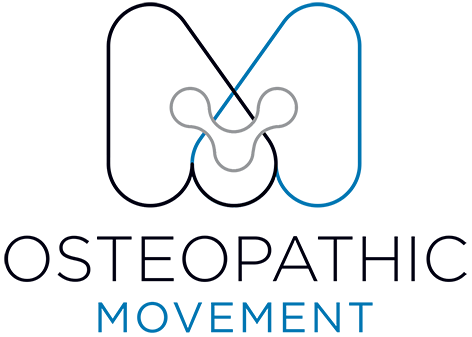Do you suffer from Upper Shoulder and/or Lower Back Tightness & Pain?
"Postural Tightness" and "Compensations" Explained.
“Postural Tightness” & “Compensations” are two buzz words used by a many musculoskeletal therapists.
But what does it actually mean?
If you’ve ever visited a manual therapy practitioner such as an Osteopath, Myotherapist or Physiotherapist you may have asked why your upper shoulders or lower back always get tight?
If so, there’s a pretty good chance that you’ve been told that the tension in your shoulders or back is “postural” or that its “compensatory tightness”.
To make sense of this explanation all you need to understand is that your body requires a BALANCE of tension from front-to-back and left-to-right in order to keep you from toppling over in one direction. Picture your body as a suspension bridge. If you had too much tension on one side or another the bridge would topple over to in that direction.
So, why do we fall out of balance and require compensatory tension to balance us out? And why do our symptoms present in the muscles COMPENSATING and not the tight muscles CAUSING the imbalance?
A prime example of what causes us to fall out of balance is the act of sitting. Over the course of the day we sit for long periods of time to perform a multitude of tasks. From sitting while eating breakfast, sitting during your morning commute, sitting at your desk at work, sitting to eat your lunch and dinner then retiring to sit on the couch before going to sleep in the foetal position (which is just a side lying seated position).
All this sitting leads to a (mostly) passive SHORTENING of the muscles at the front of our body. Our hips flex up toward our chest (short hip flexors), we slouch allowing our sternum to sink down into our pants (figuratively speaking) which shortens our abdominal muscles and diaphragm, our shoulders roll forwards as we use our mouse and keyboard which shortens our pectoral (chest) muscles and our head juts forward shortening the muscles at the front of our neck.
NOW, if we didn’t have COMPENSATORY tension at the back of our body, we would simply tip over forwards. You’re not aware of the compensatory muscle activity but it is very evident if you watch someone dozing off while sitting and then tipping over forwards as they lose muscular tension and fall asleep.
So if we have short, tight muscles at the front and long tight muscles at the back, why do we get the symptoms of tightness at the back and not the front?
This is probably due to the fact that the compensatory tension at the back is an active contraction and therefore fatigues over time (in the same way that if you hold something light up in front of your body, it will initially feel easy and become more difficult and eventually painful over time) and the tension at the front is (generally) a more passive shortening of the muscle.
These muscles are not designed to contract and hold contraction all day long. Muscles like to contract and relax. Shorten and lengthen. They get upset when they’re forced to contract isometrically (without shortening or lengthening) for extended periods of time.
What can your Osteopath do for you and what can you do for yourself to relieve this discomfort and tightness?
Your Osteopath can release tension in the compensatory muscles at the back providing you with symptomatic relief of the pain while also addressing the causative tension through the muscles at the front that has accumulated for countless hours in a shortened position.
Our goal is to restore balance front-to-back and left-to-right to decrease your subjective feelings of tightness and pain but also to offload particular structures of the body from undertaking too much load-bearing responsibility.
We can also provide postural education to help you understand what positions/postures are putting your body under excess stress along with ergonomic advice to correct your desk set up.
Along with these lifestyle adjustments we can prescribe particular stretches to help relieve tension in certain muscles in conjunction with strengthening exercises to help you strengthen areas of weakness in your musculoskeletal system.
We as Osteopaths understand that your body is incredibly complex and requires consideration over all aspects of your lifestyle in order to achieve positive long term outcomes. As much as it pains me to say it as it is used ad nauseum in healthcare these days - we use a holistic approach to treating your body.
To have your posture assessed and any contributing factors to poor posture identified, you can book an appointment with us by clicking the link below:
https://osteopathic-movement.cliniko.com/bookings
or call:
0402 377 209
If you have any further inquiries before making a booking you can email:
info@osteopathicmovement.com
Written by: Dr. Dayne Sweres
